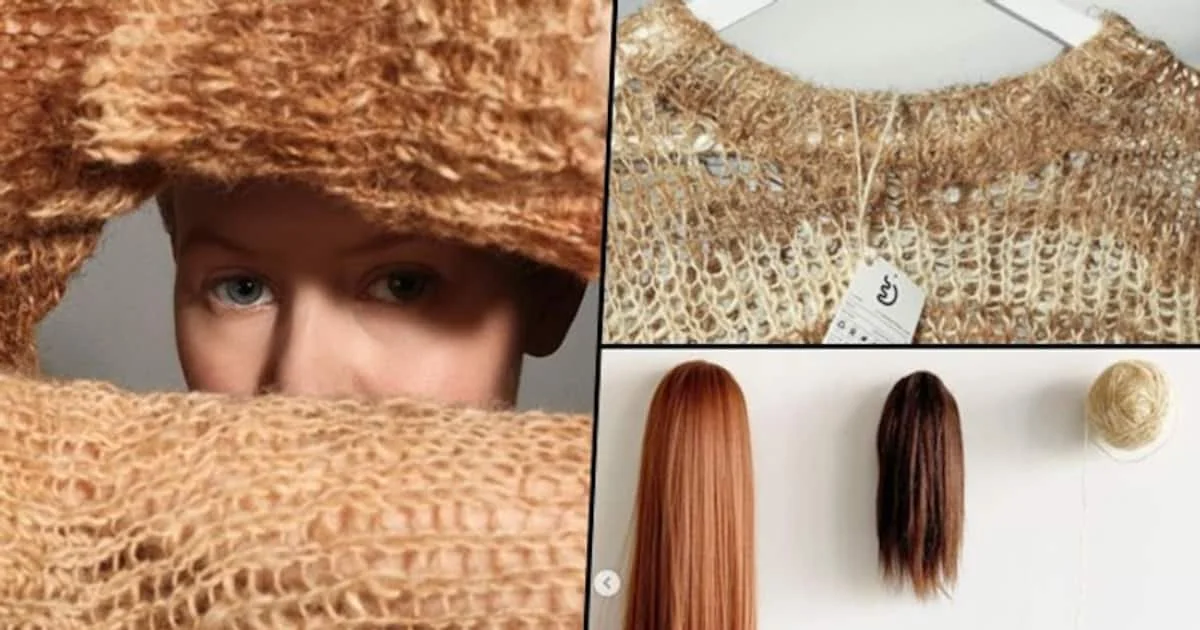In a surprising twist challenging traditional notions, keratin protein fibers, the fundamental components of both human hair and woolly coats, are proving to be more than mere adornments. They play a crucial role in retaining body heat, prompting a Dutch company to question the disparity in their use. According to a report by CNN, Human Material Loop is on a mission to revolutionize the fashion industry by ingeniously transforming human hair into fabric.
The brainchild of Zsofia Kollar and her team, Human Material Loop has developed prototypes of coats, jumpers, and blazers, envisioning a future where apparel companies opt for their unique substitute material in their designs. Kollar, a co-founder of the company, shares her fascination with the concept of utilizing hair as fabric, noting the intriguing shift in sentiment from utmost care to outright disgust once hair is cut.

Driven by a sense of responsibility during the Covid-19 outbreak, Kollar sought to address the waste crisis within the hair industry. Astonishingly, salons in the US and Canada generate a staggering 877 pounds of waste every minute. The decomposition of hair without oxygen, such as in landfills, releases greenhouse gases contributing to climate change. Human Material Loop estimates that a colossal 72 million kilograms of human hair waste find their way to European landfills annually, equivalent to the weight of seven Eiffel Towers.
Kollar emphasizes the urgency of finding a scalable solution for this abundant waste stream, highlighting that many countries resort to burning it, posing further environmental challenges. Contrary to misconceptions, the process of creating fabric from human hair is not vastly different from working with traditional materials. Short hairs are spun together to create yarn, forming a continuous thread that is then colored with pure hues.
The company’s initial prototype, a sweater with a wool-like texture, was designed to be relatable to consumers. Since then, Human Material Loop has expanded its repertoire to include outdoor garments filled with hair for thermal insulation. These designs have been rigorously tested, including on Aconcagua, Argentina’s highest peak, under challenging conditions.
While the idea of wearing clothing made from human hair may not currently be mainstream, Kollar envisions a future where the public embraces the concept. She argues that beyond the novelty and sustainability aspects, human hair is an incredibly durable material. The company sources its hair from salons in the Netherlands, Belgium, and Luxembourg, ensuring that the material does not contain nuclear DNA that could identify individuals.
As the venture progresses, Human Material Loop aims to provide its innovative material to other designers and businesses, with anticipated competitive pricing compared to traditional wool. The company is also in the process of establishing a comprehensive documentation chain to trace the origin and destination of its materials, further solidifying its commitment to sustainability and transparency in the fashion industry.




